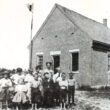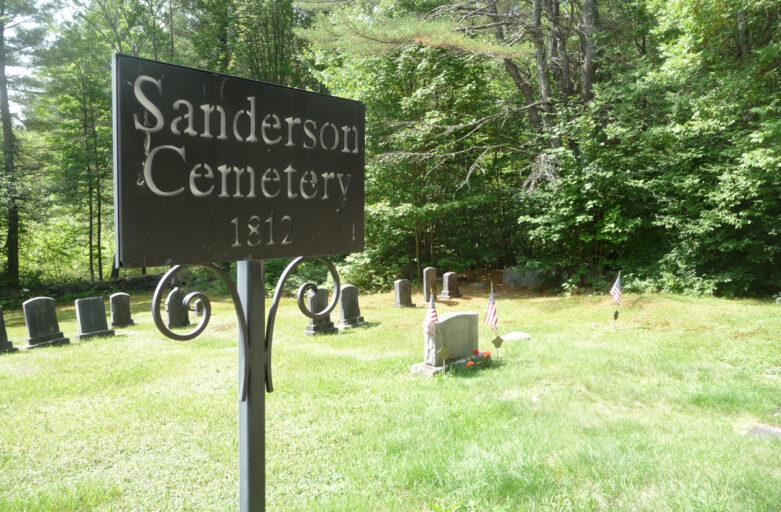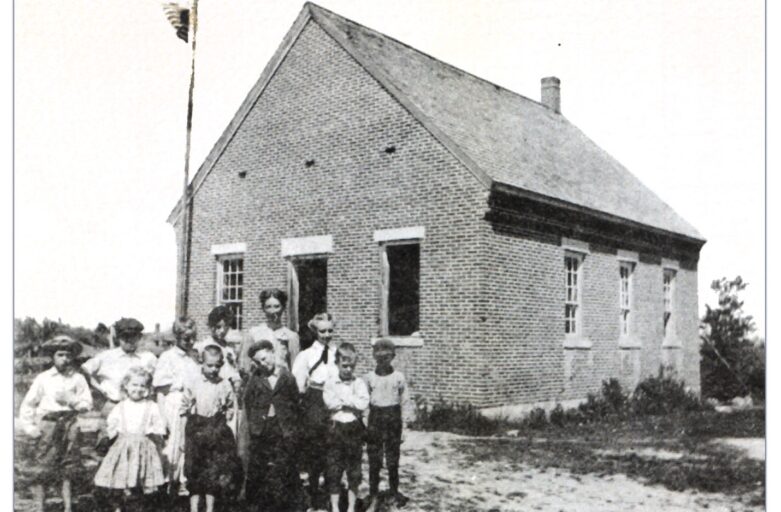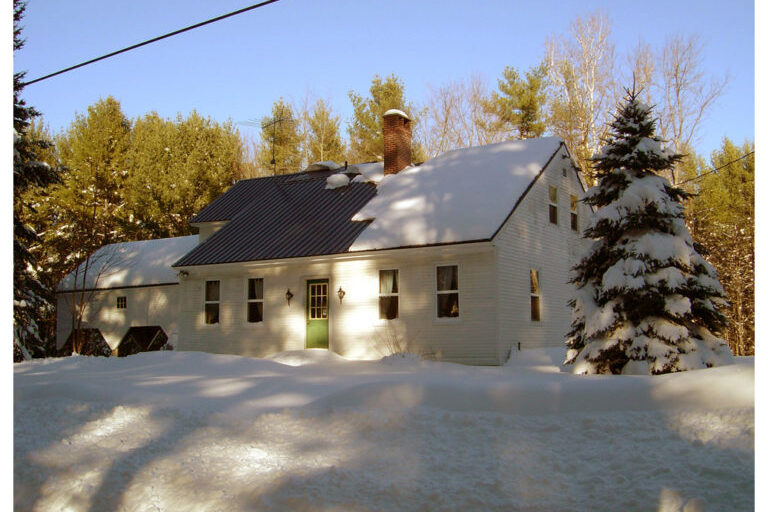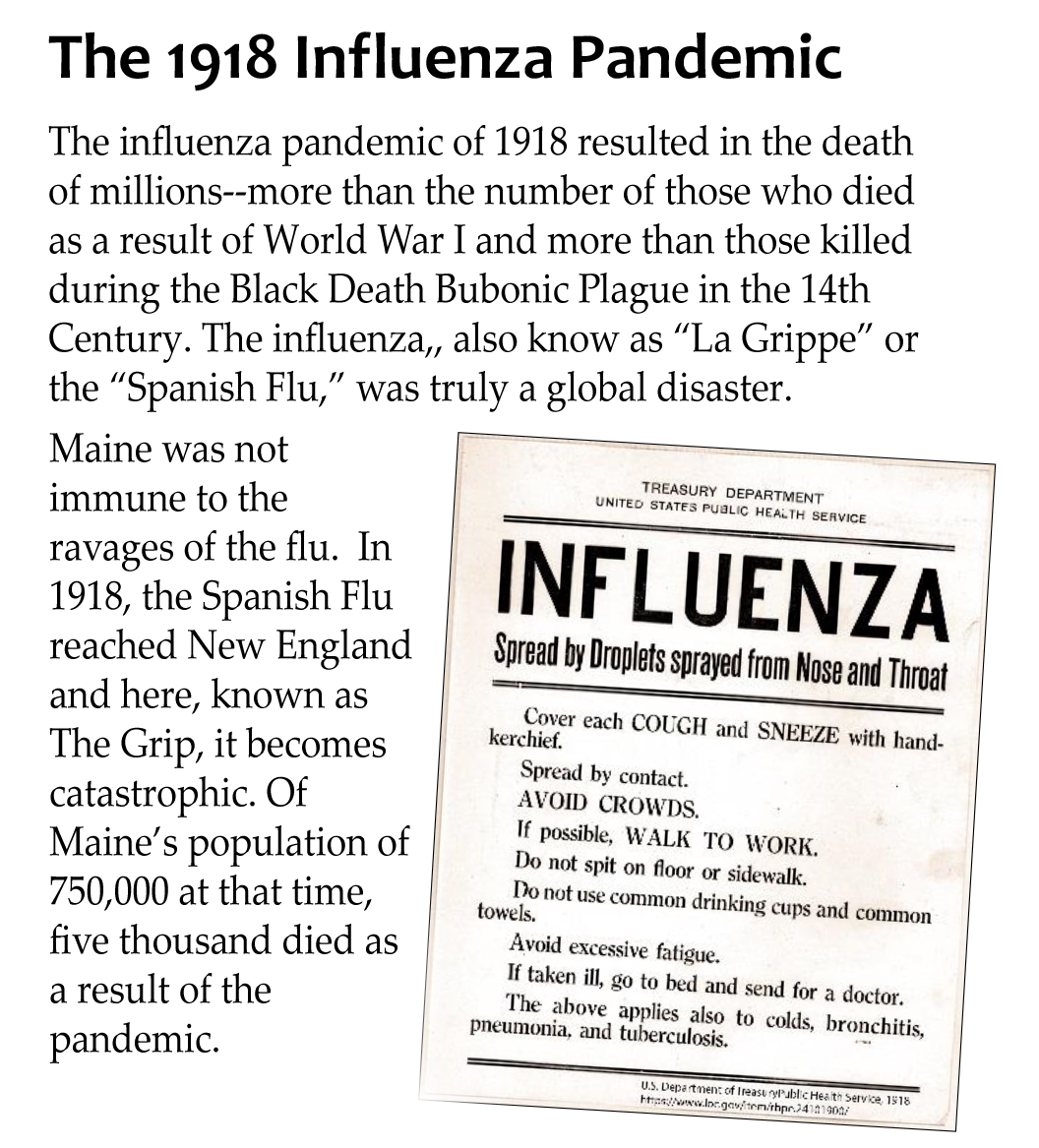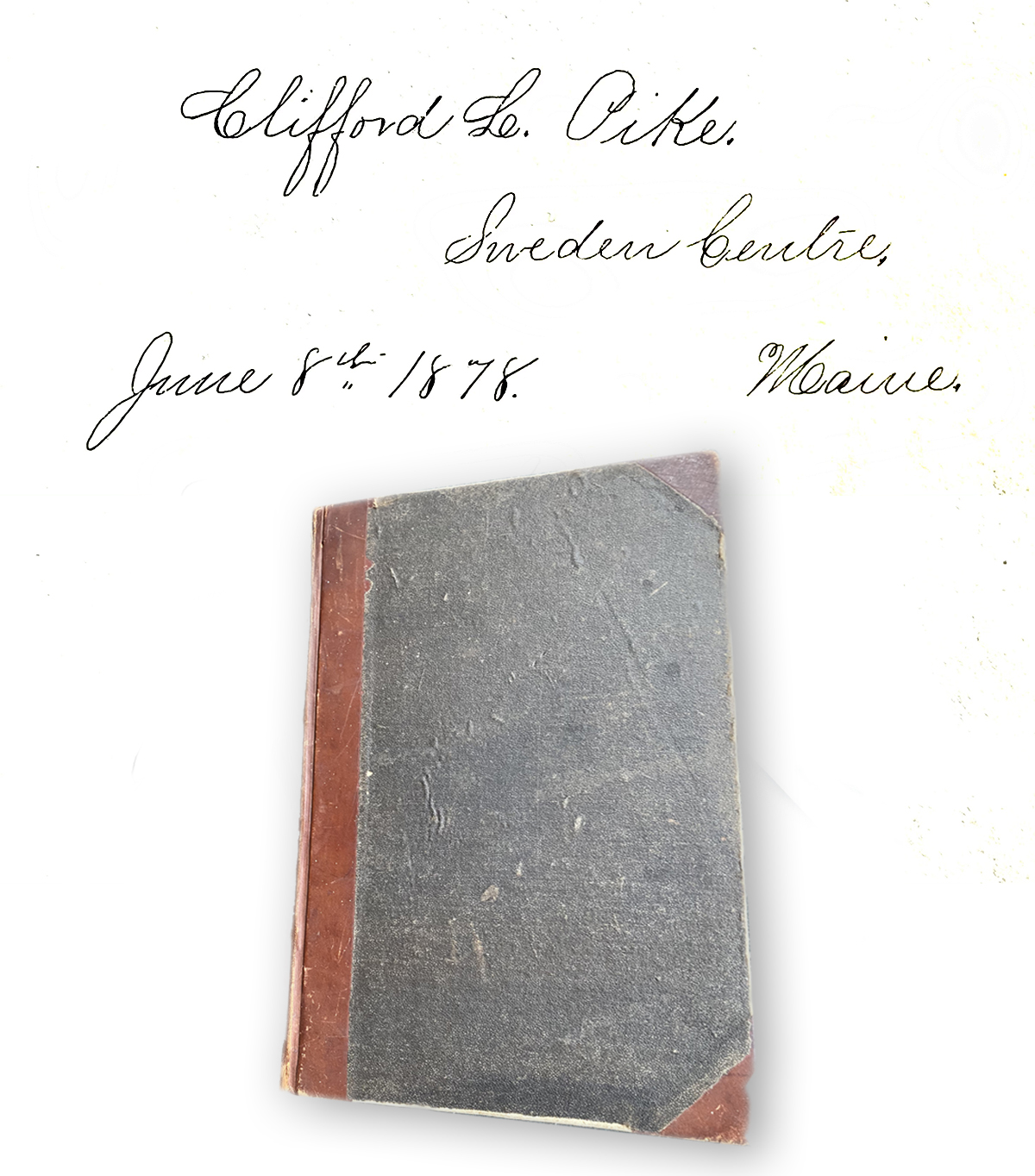Author: Chris Mathers
What’s happening in Sweden?
Sweden Historical Society Annual Yard Sale, Saturday June 29th from 9am until Noon
Sweden Days is August 1st-4th
The annual “Lighting of the Evergreen” is at 5:00pm on Saturday, November 30th
Sweden Historical Society Board of Directors Terms
Nils Johnson
Douglas Porter
Jadwiga Grabarek
Ruth Conly
2026
2024
2024
2025
Becky Buyers
Jane Gibbons
Dan Drew
Dell Foss
Vreni Hommes
PR & Correspondence Secretary
2026
2024
2024
2025
Gail and Warren DeWildt
Jill Welch
Chris Mathers and Douglas Porter
Term Limits determined that Kay Lyman steps down for a year. The same will happen to Dell Foss, Jadwiga Grabarek and Douglas Porter next year.
Cemeteries
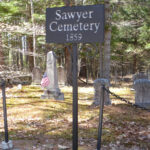
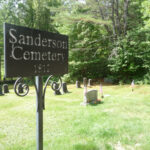
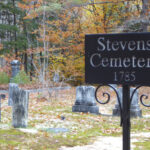
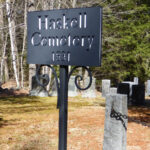
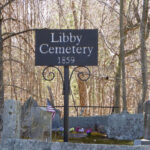
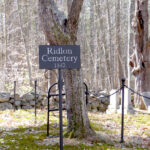
The Town of Sweden, with the help of volunteers, maintains 13 cemeteries. This includes the Nevers Tomb, where Col. Samuel Nevers and his wife were buried across the road from their home. Col. Nevers was an early settler of the town, coming to the area in 1791.
On 19th century maps of Sweden, the Goshen Cemetery is shown in the northeast corner of the town. There is uncertainty about who might be buried there as there are no inscribed markers. Rather, there are unmarked field stones apparently marking the graves.
There are about 100 veterans memorialized in Sweden’s cemeteries representing all services and most conflicts.
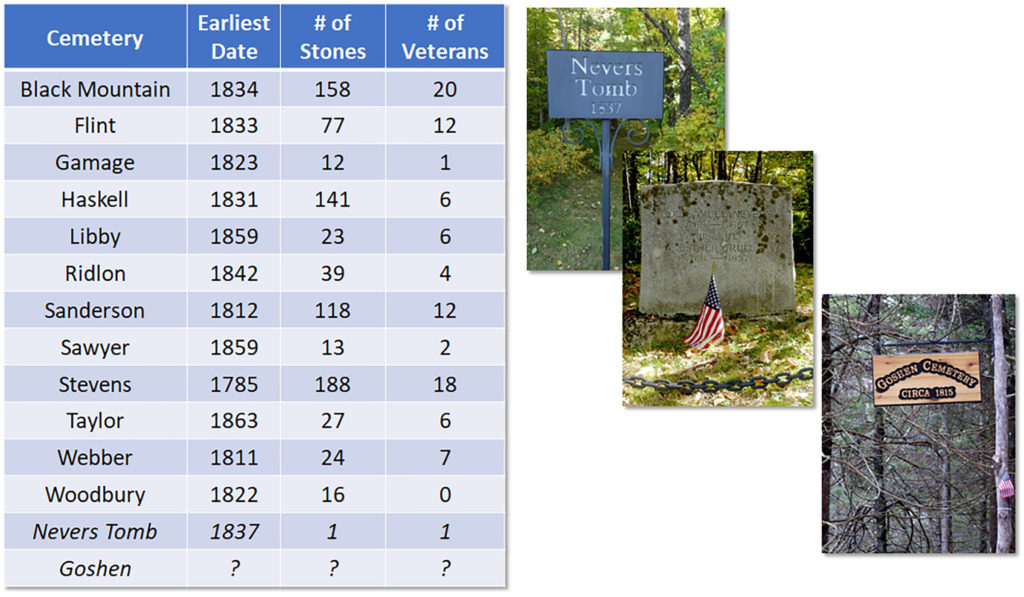

The 1975 Sweden Annual Report
The 1975 Annual Report
In commemoration of the nation’s bicentennial, a special Annual Report was issued. This Report was full of historical and annotated photos that are shown below.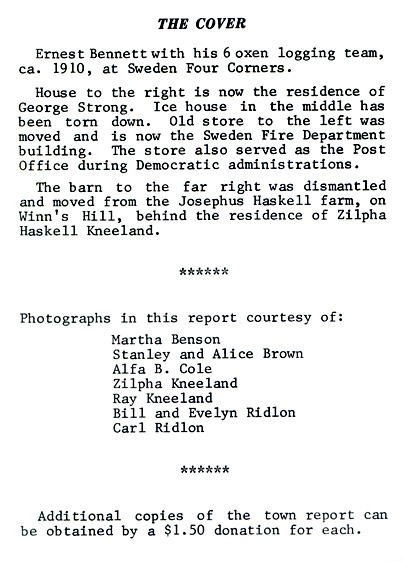
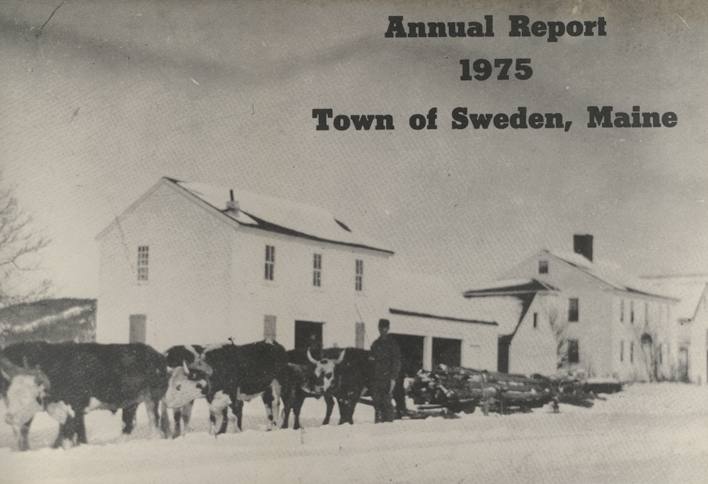
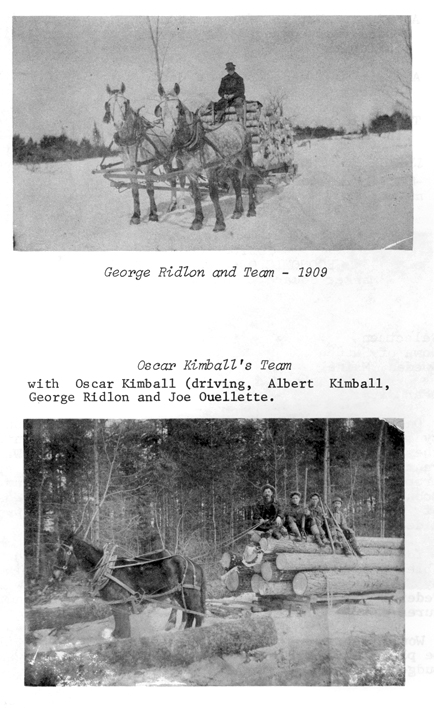
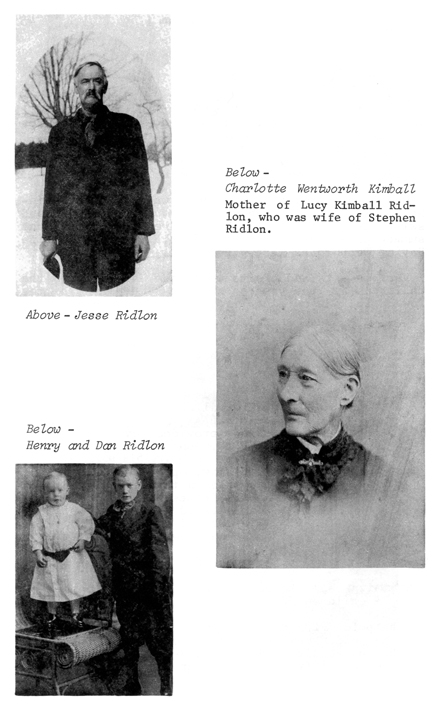
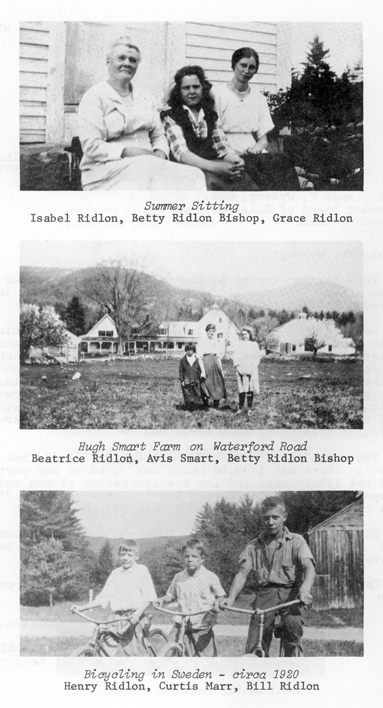
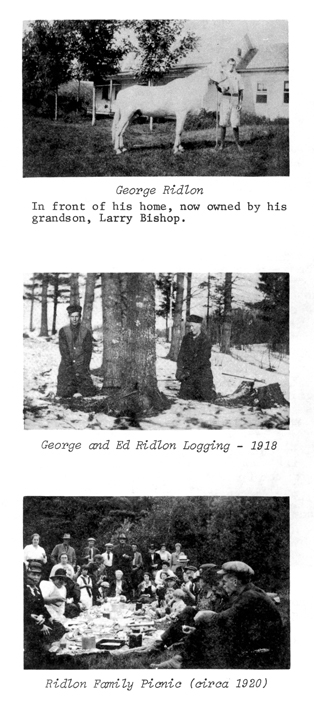
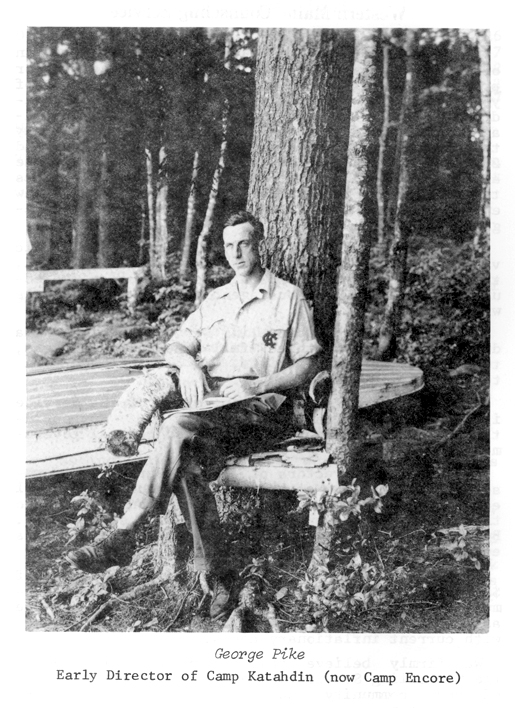
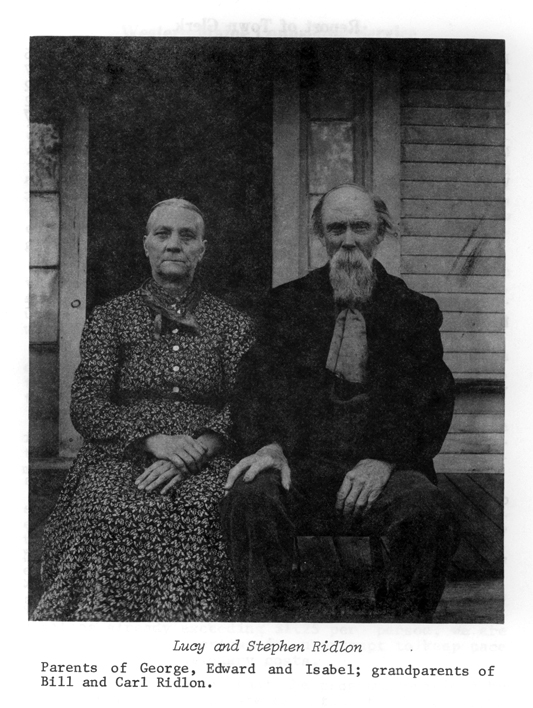
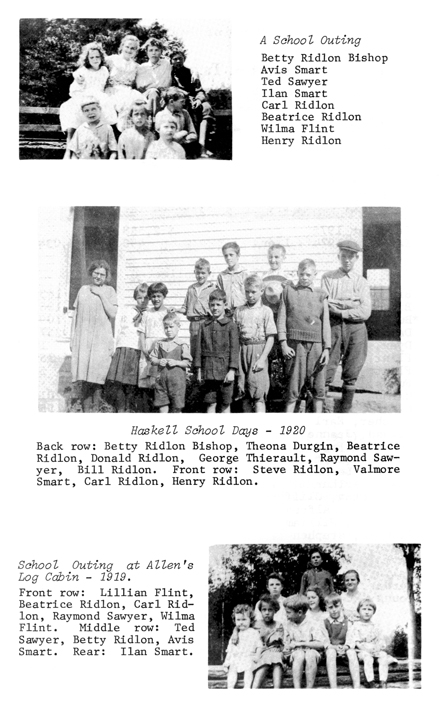
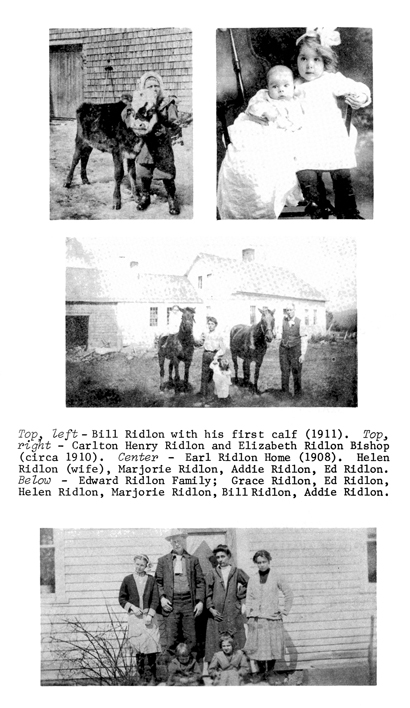
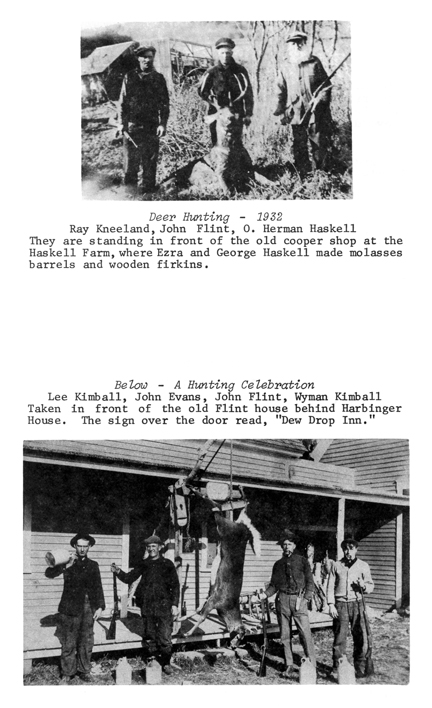
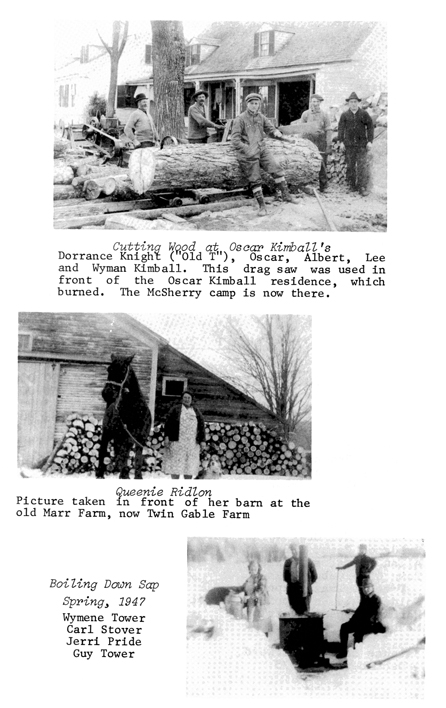
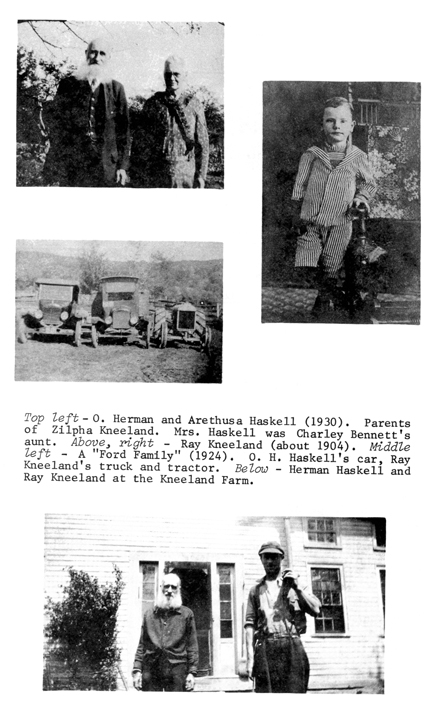
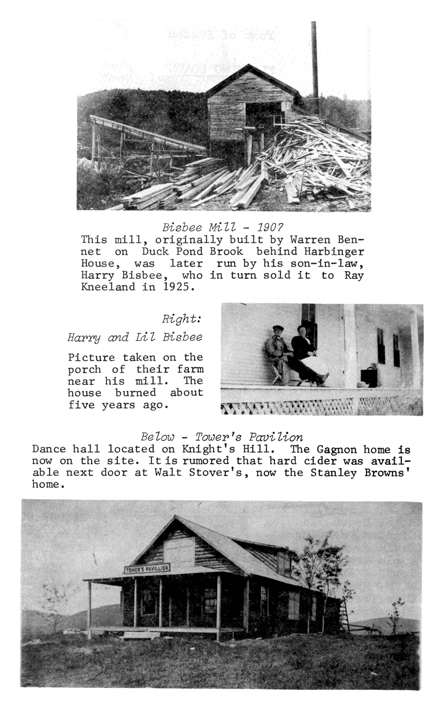
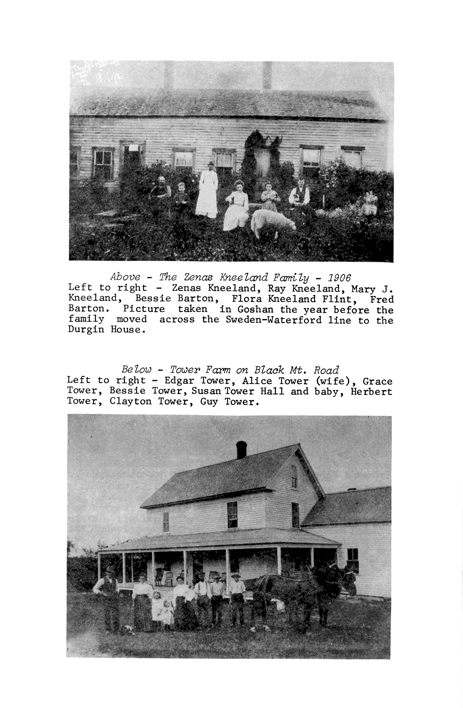
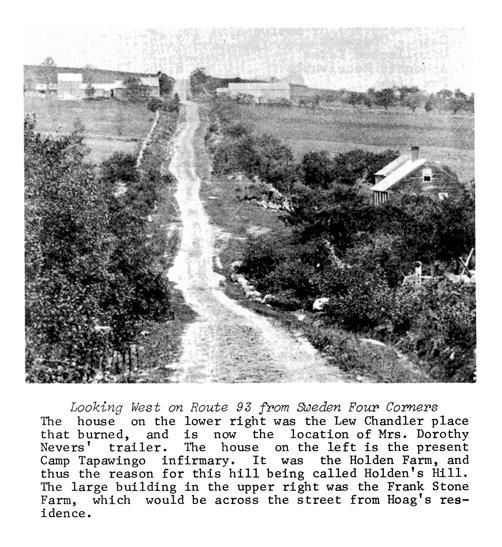
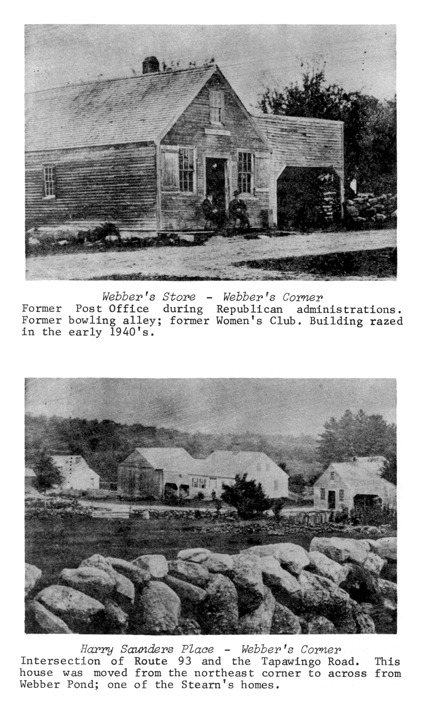
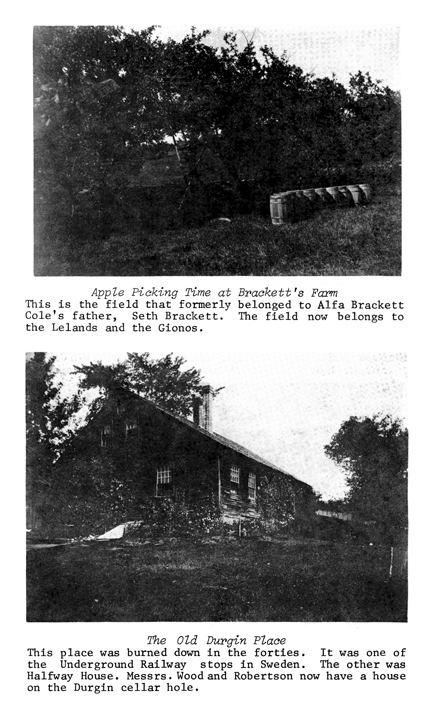
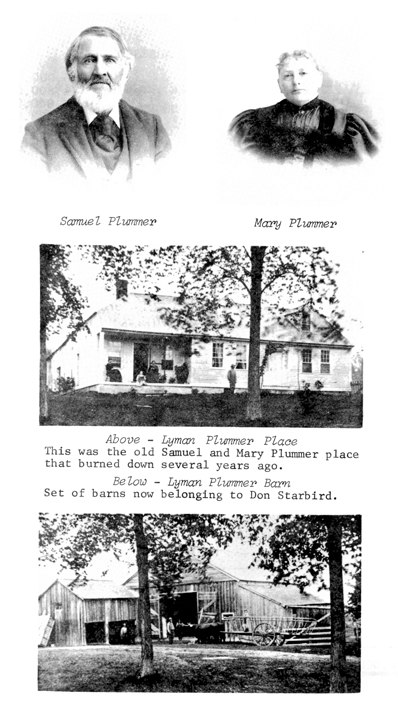
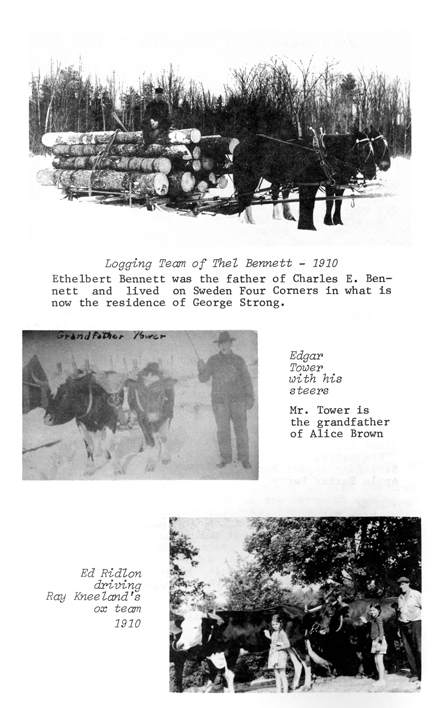
Center School
The Center School was built by Samuel Nevers (1766-1857) in 1854 on ground donated by his son, Benjamin Nevers (1807-1883).
Several generations of Sweden families attended this school from 1854 to 1964. It was closed between 1935 and 1942 when the few neighborhood children attended the school in the Haskell District.
The school was reopened in 1942 and gradually modernized until 1960. The school was closed permanently in 1964.
The school sat on land still owned by the Nevers and some of their Bennett descendants. In 1960, the families transferred the title to the Sweden Community Church. In 1973, the Church
deeded the property to the Town of Sweden for as long as they continued to use the building.
The building was used as a Selectman’s office until the new Town Office was completed in 2006. At that time the deed reverted to the Community Church, who then gave title to the Center School to the Sweden Historical Society.
Slowly, the Society has been preparing the building for use as an office, meeting place, and a repository for its collections.
The series of photographs below show the gradual evolution of the Schoolhouse to date. There is still a lot of work to be done.
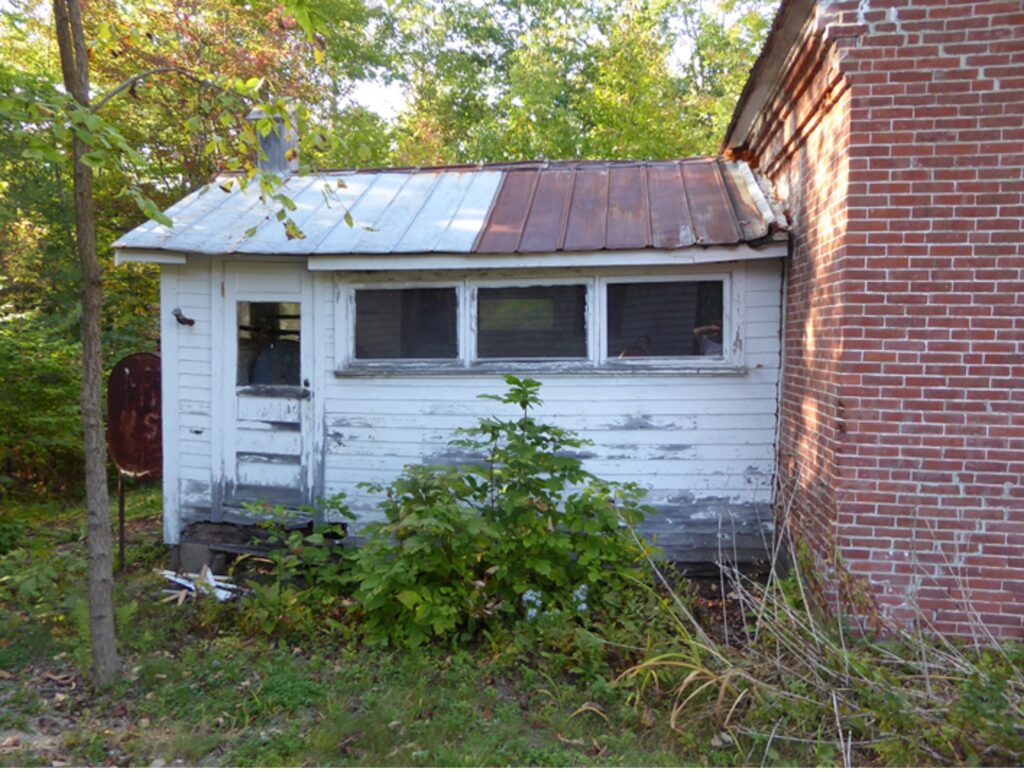
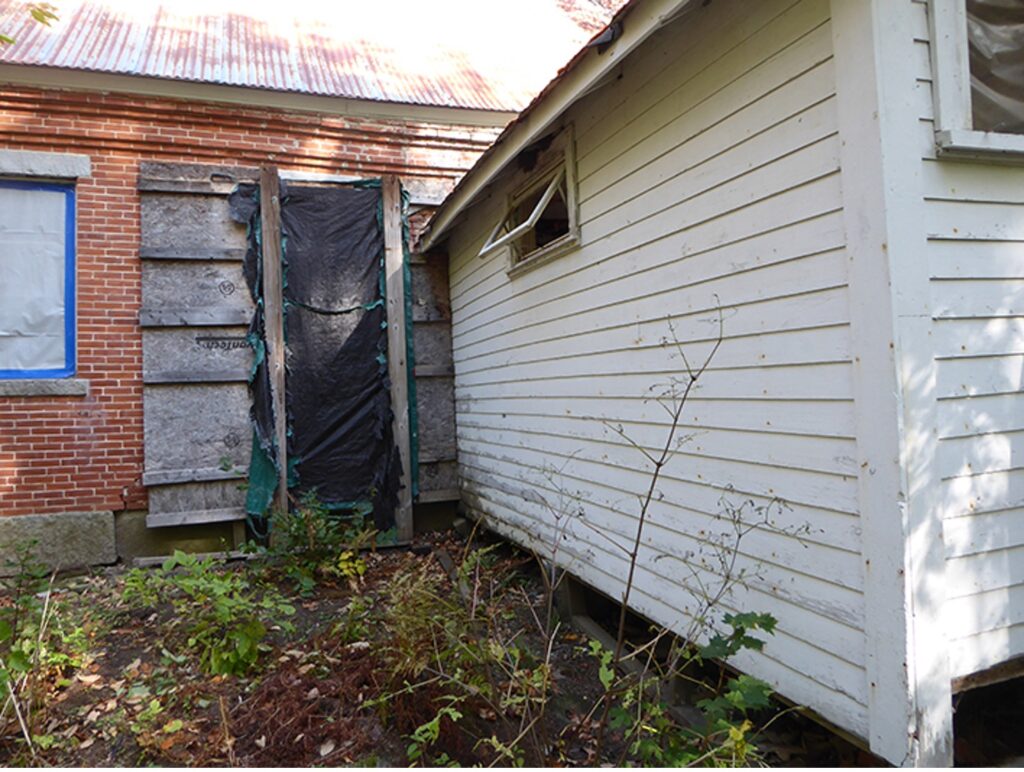
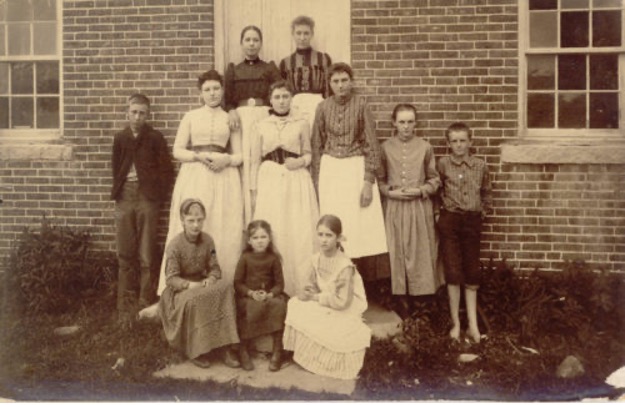
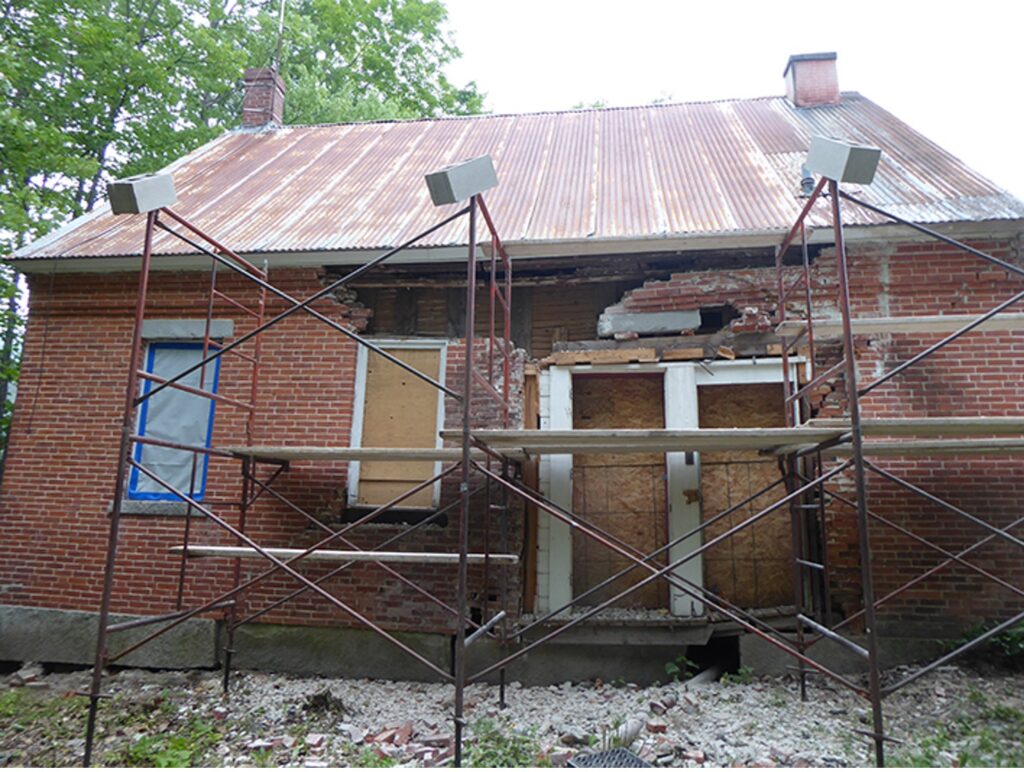
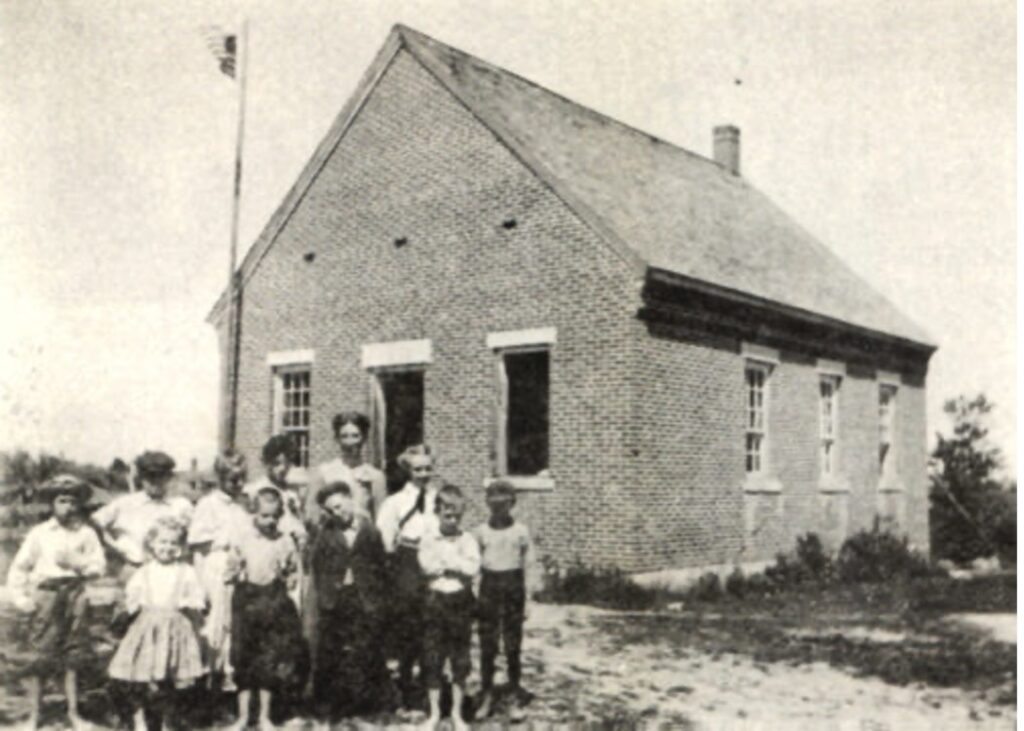
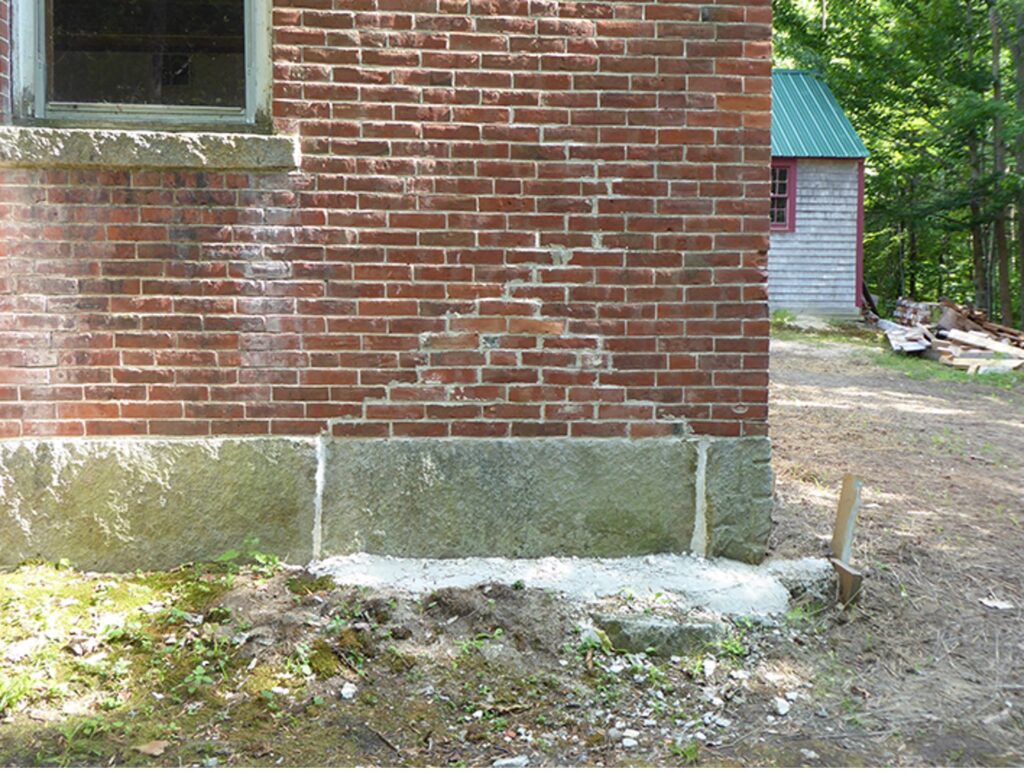
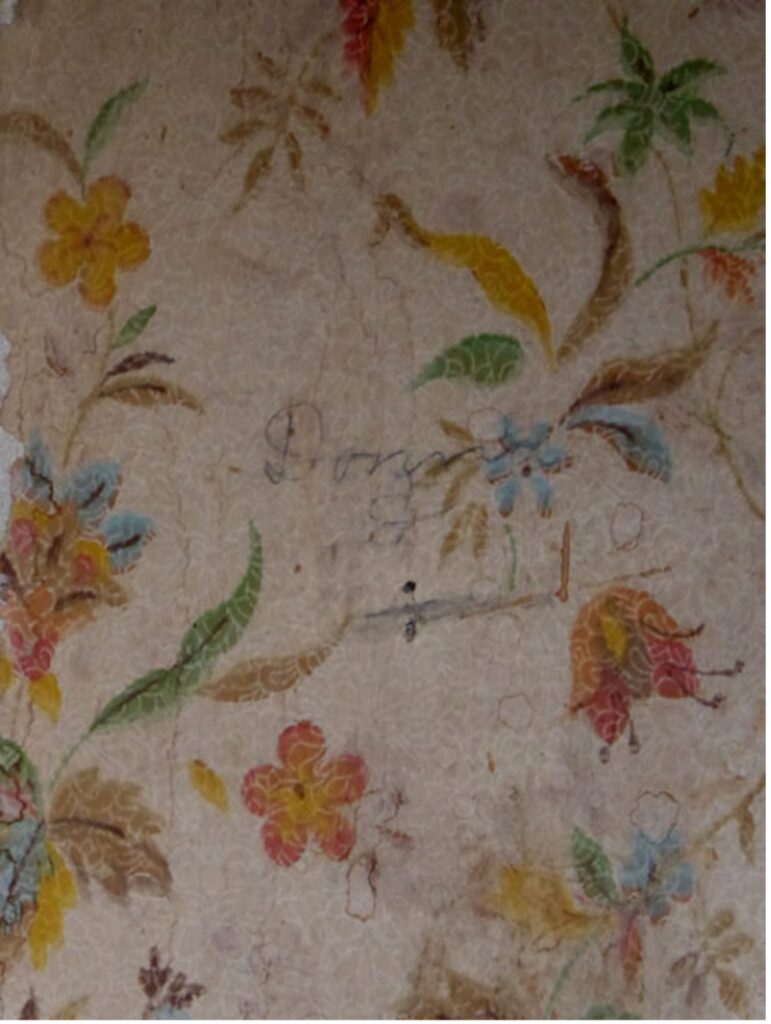
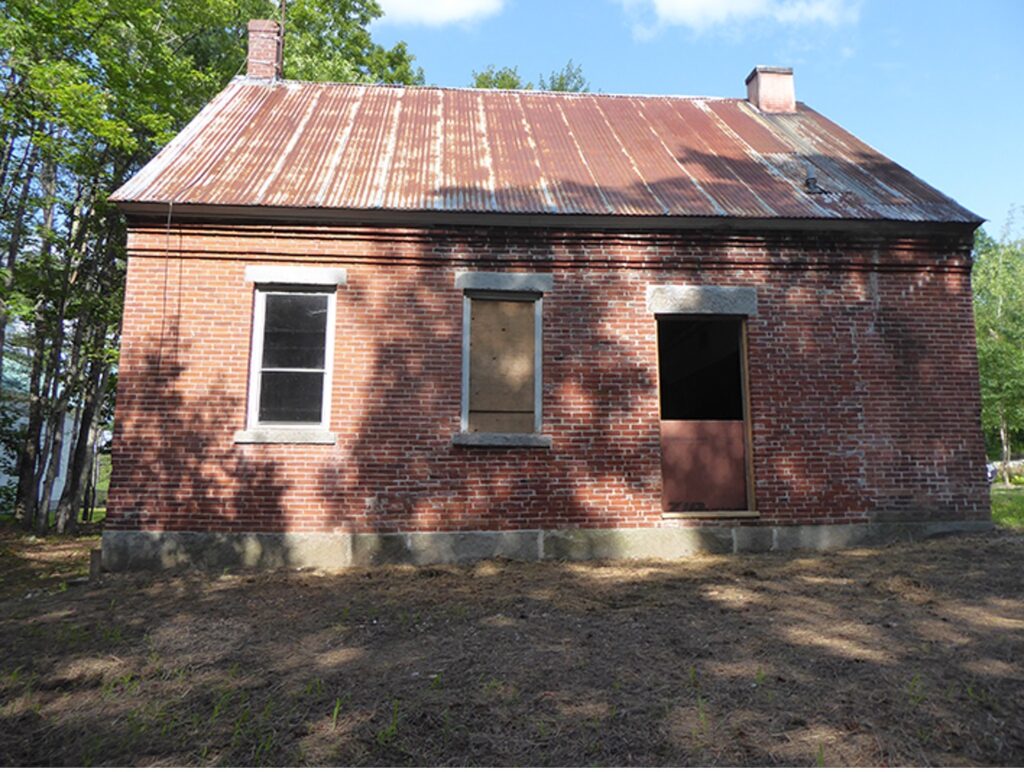
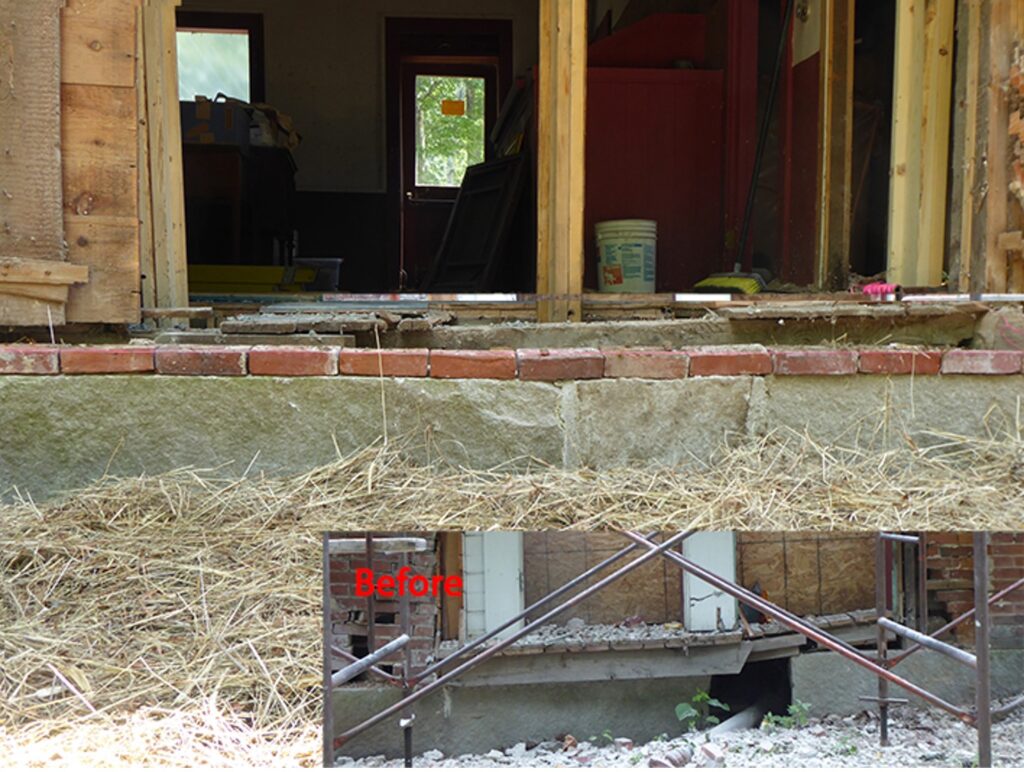
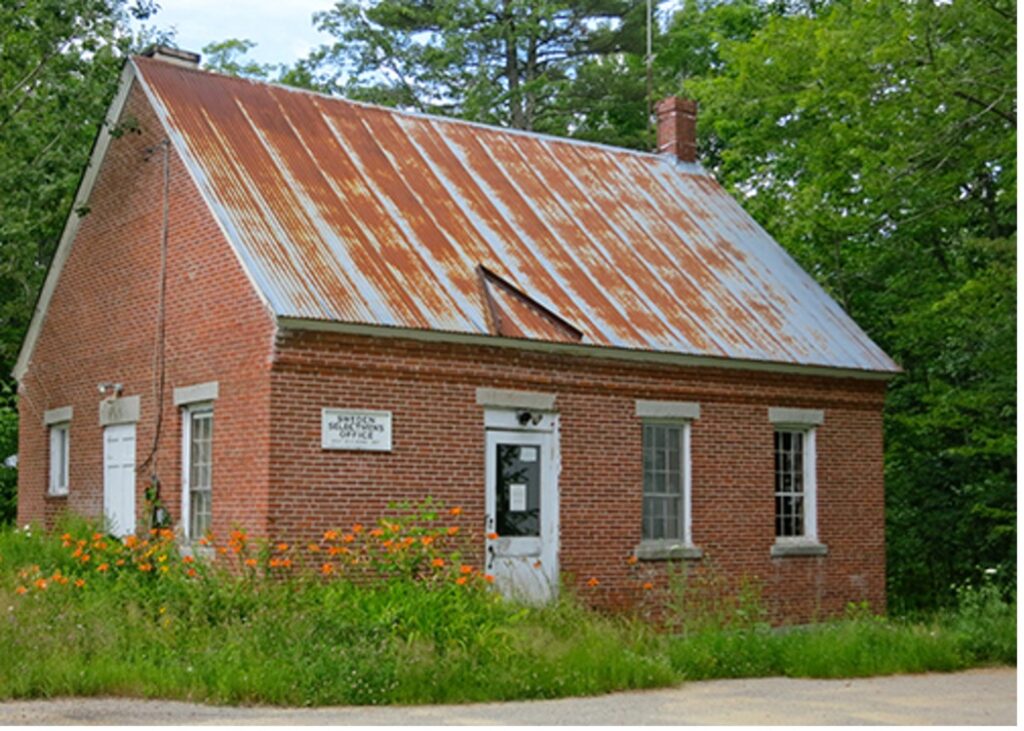
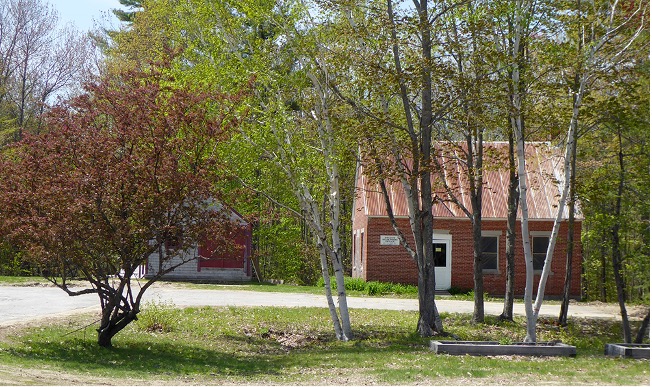
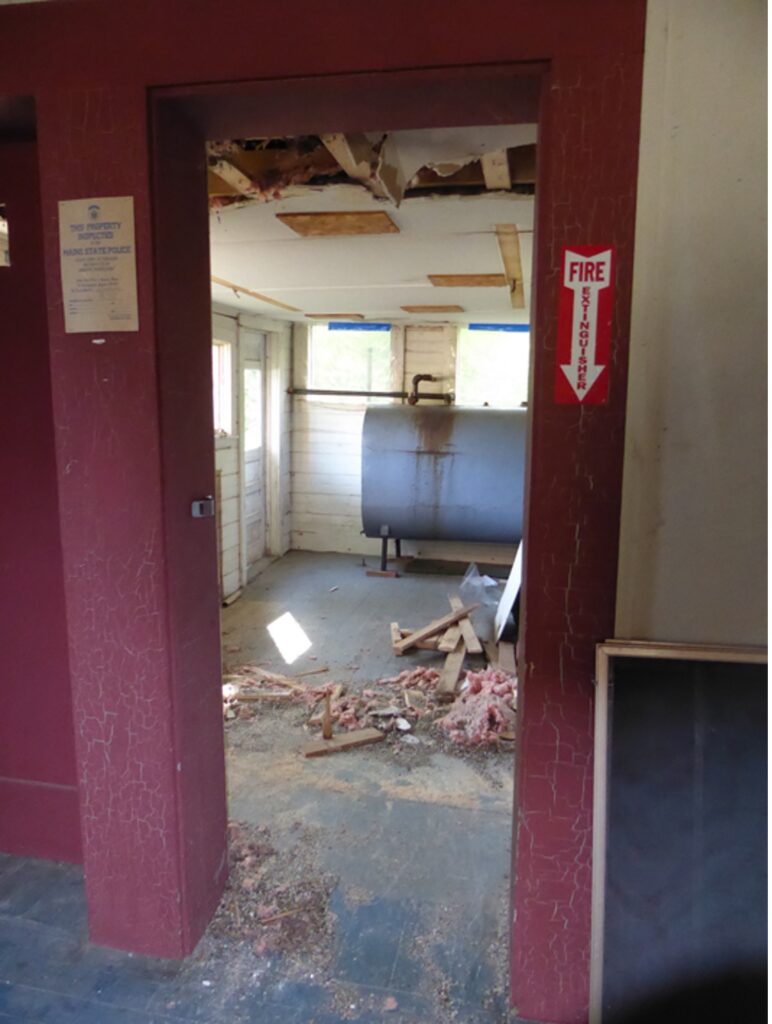
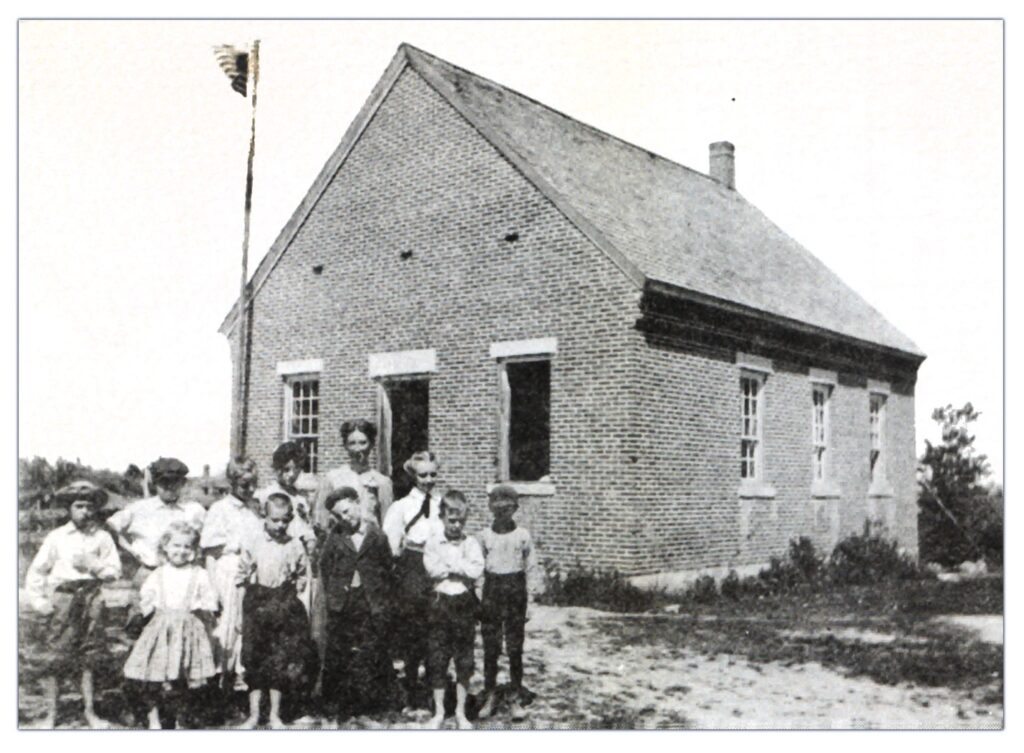
Transformation of the Congregational Church
Sweden’s Congregational Church was built between 1817 and 1823 with the aid of parishioners including those of the Maxwell, Stevens, Webber, and Woodbury families. The first pastor was the Rev. Valentine Little, who served from 1825 to 1834.
The membership in the church declined over the years and in 1884, services were terminated. In 1927, the church was leased to the town for the storage of town property. In the early photos of the church, you can see a large door cut into the east wall and an even larger opening in the front. Those spaces were used to house the town tractor and a town truck.
In 1975, Bob Vile, a frequent visitor to Sweden, took title to the building and spent the next 18 years renovating it. The renovations were extensive as shown in the following photos. He reproduced all the early 19th century windows and doors and converted the front third of the building into living quarters. Vile spent his summers and other vacation time working on the building and lived here full time for almost two years before his death in 1996. The building continues as a beautiful private residence.
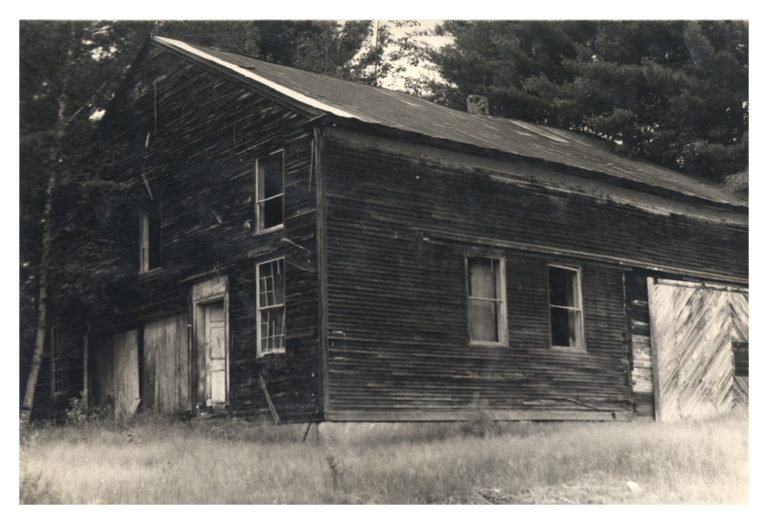
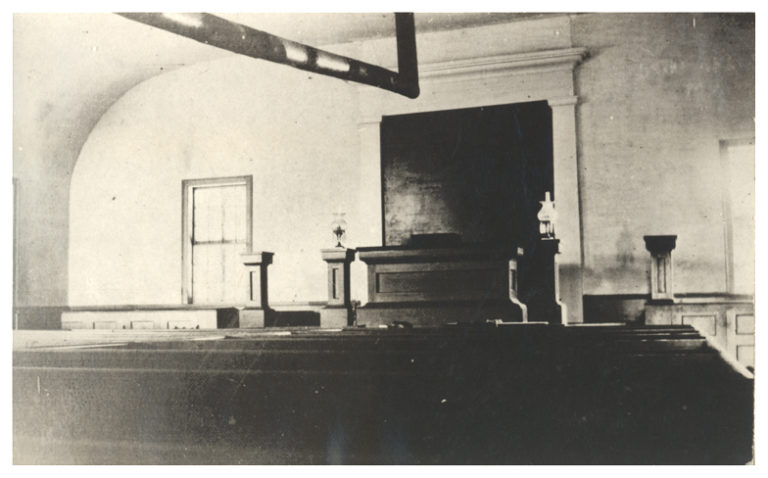
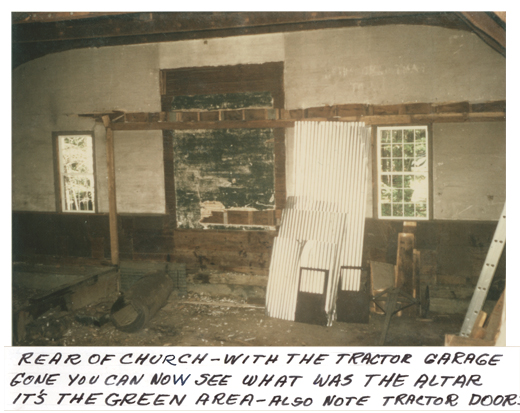

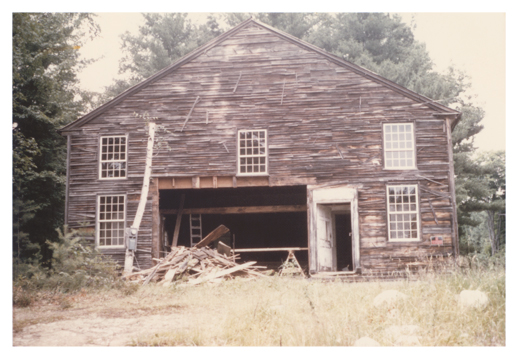
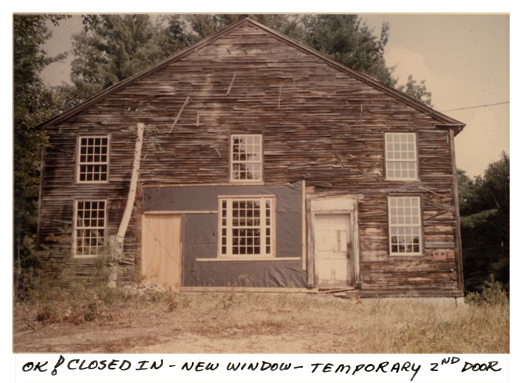
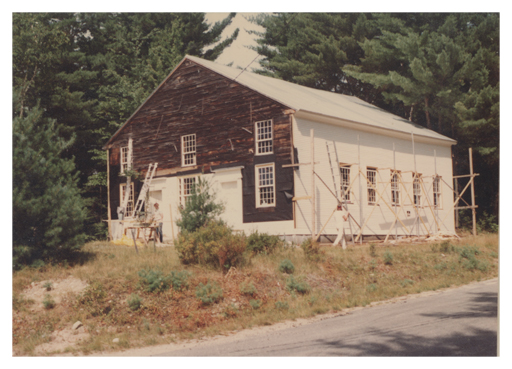
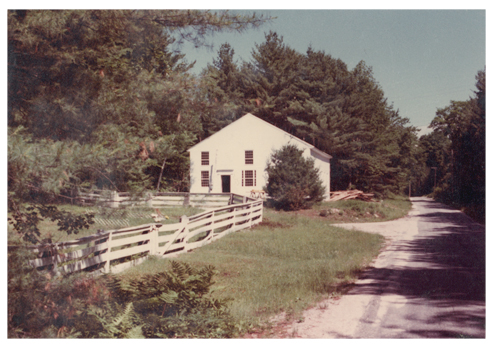
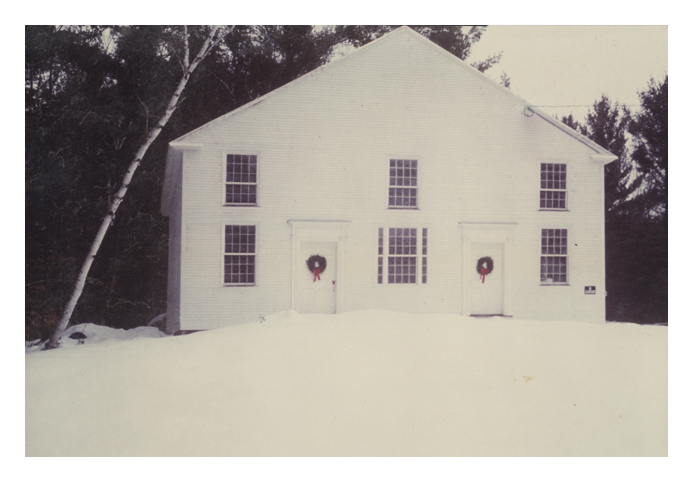
On the Move
Throughout Sweden’s history, moving buildings when you needed to was not an uncommon practice. Barns were moved in to and out of town. Like a house, but not its location? Move it. Don’t need that workshop anymore? Sell it and move it. Does it make more sense to have the church in a more central location? Take it apart and move it across town. All of these things have happened in Sweden.
The following photos illustrate the moving of one of the more historic farms in Sweden. The house, located on the corner of what is now the southeast corner of Tapawingo and Lovell Roads, was built around1818 by Nathan Holden. Before 1843, it experienced its first move diagonally across the intersection to the northwest corner, where it is shown in the period photo below.
The property had several owners over time, including longtime postmaster Benjamin Webber (1803-1886) and later, Cleora Saunders, who lived there in the early 1900s.
In the 1960’s, the farm was purchased and moved around the corner and down Webber Pond Road. These photos document the journey.
You can read more about this property in our book: Living, Learning, and Worshiping.
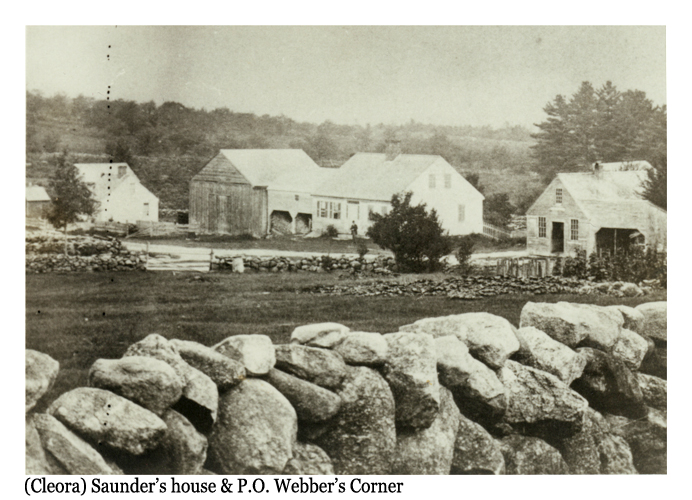
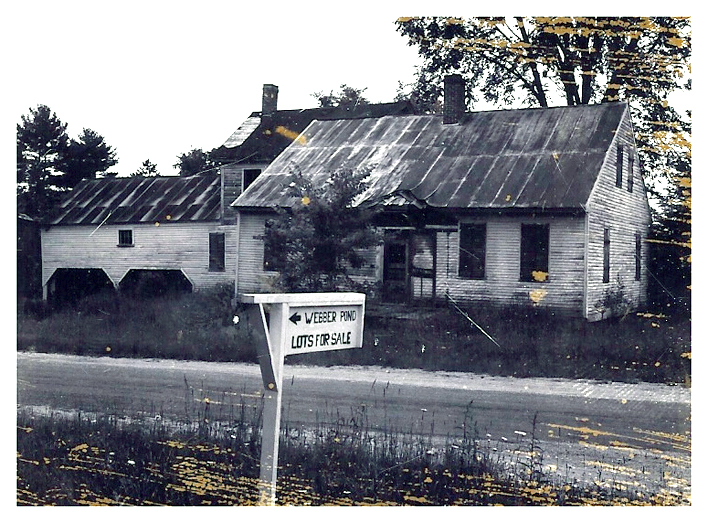
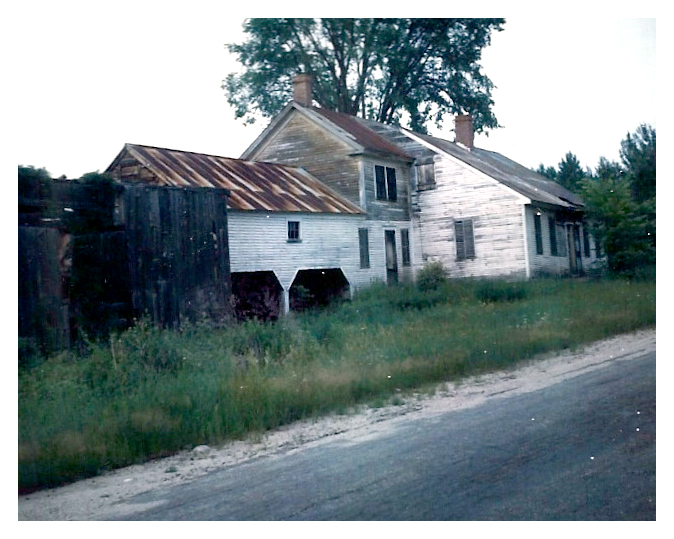
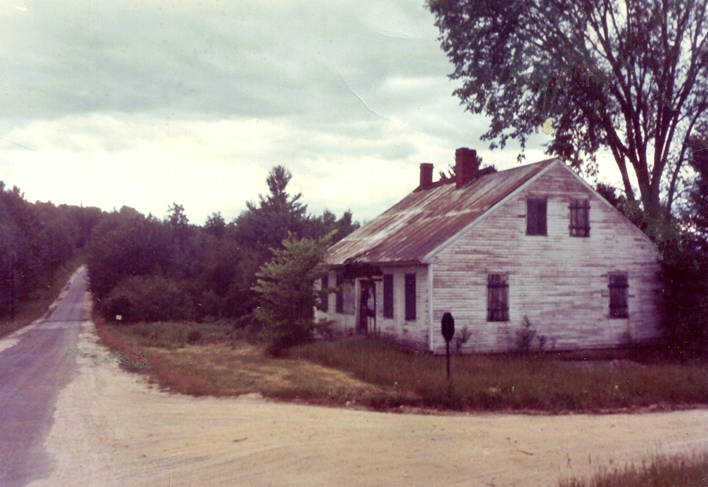
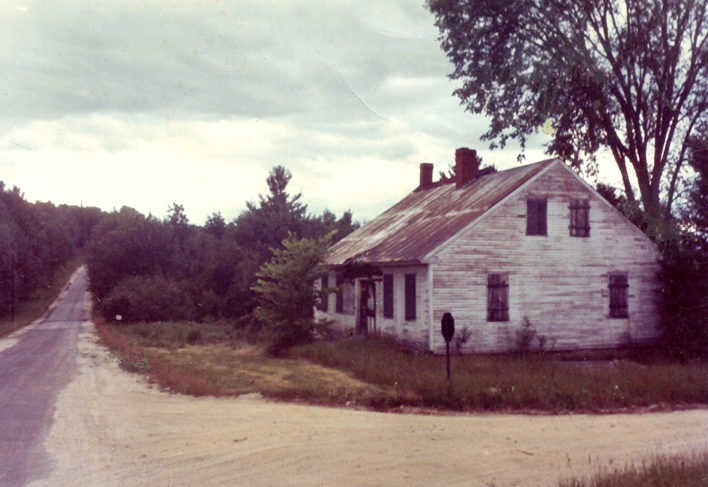
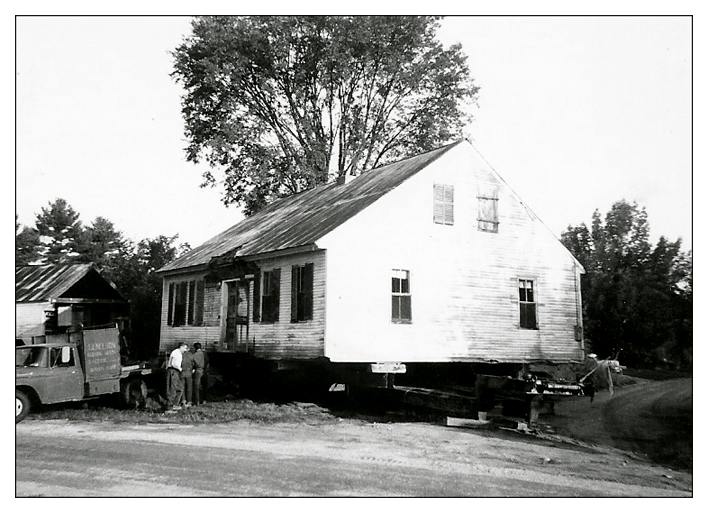
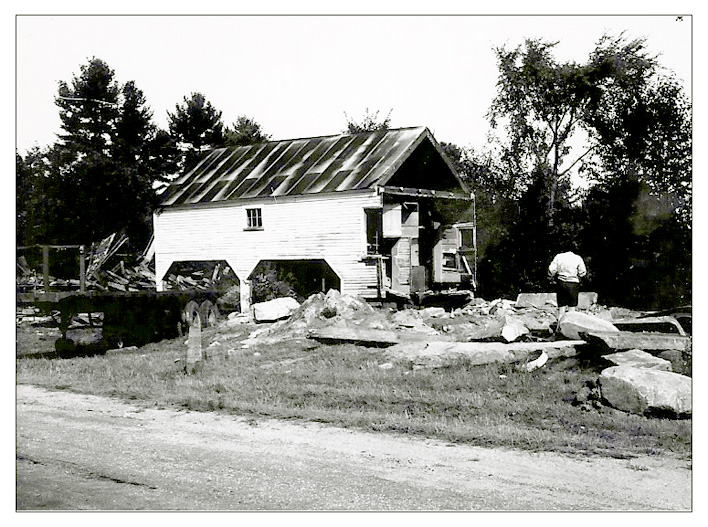
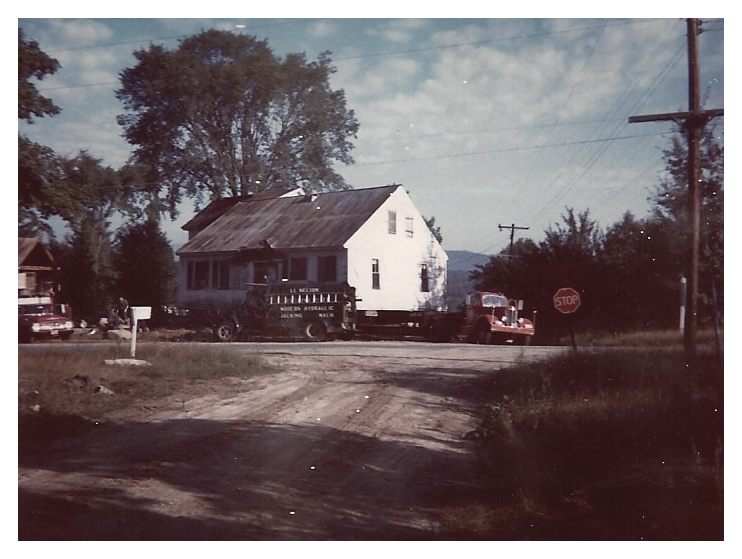
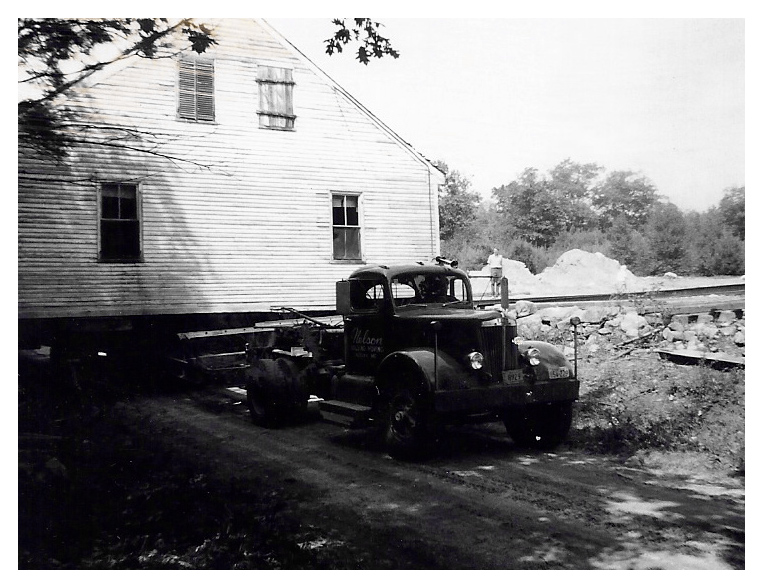
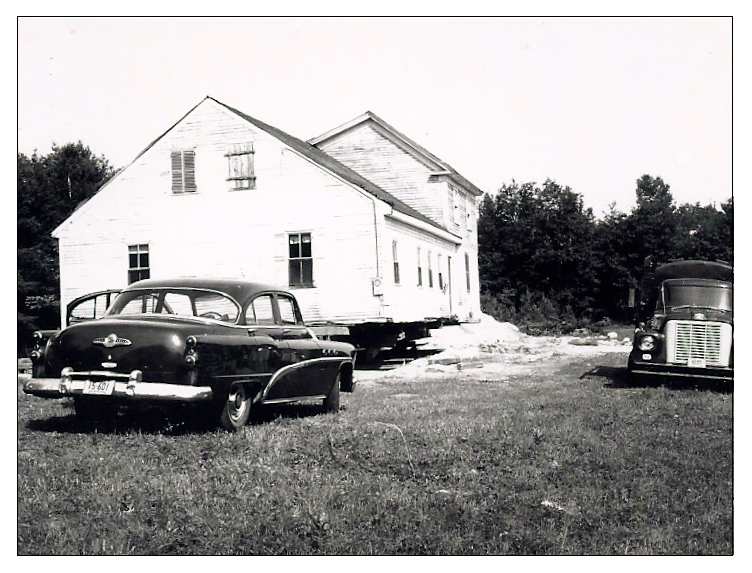
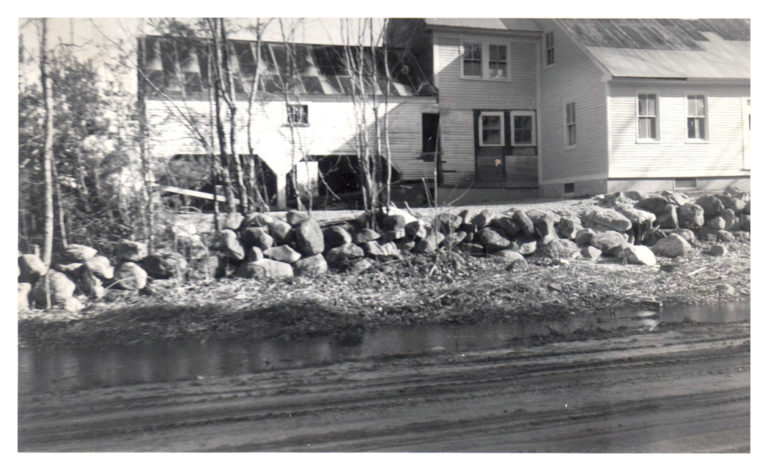
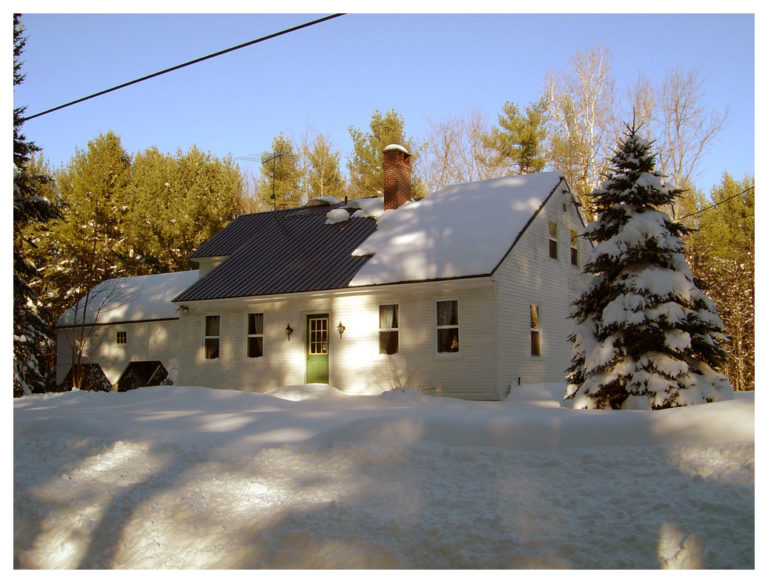
Albert Kimball of Sweden
This post was planned before I was aware of the existence of COVID-19. I realized that Albert Kimball, the subject of the post, was possibly a victim of the influenza outbreak that affected millions across the world in 1918.
The influenza epidemic drew many parallels to today’s COVID-19 pandemic. Closures of schools, churches, restaurants, and other places where people worked or gathered were widespread. Notices from health officials were widely advertised.
A significant difference, though, is that World War I was going on at the same time. Many Maine inductees were sent to Camp Devens in Massachusetts, ground zero for influenza in the United States. Albert Kimball, a young man from Sweden, arrived at Camp Devens in 1918.
Returning to the subject of the post, Albert Kimball was the son of Oscar Kimball of Bridgton and Mary Belle Elliot of Lovell. He was born on 7 May 1896 in Lovell and moved as a young boy with his parents and siblings to Sweden on a farm located at the top of the hill where Pietree Orchard now is located.
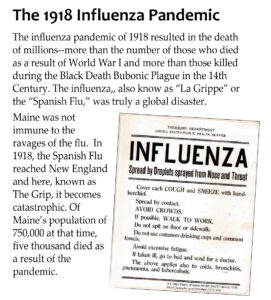
In June 1918, Albert was inducted into the Army and left South Paris bound for Camp Devens in Massachusetts. He was transferred from Camp Devens to Edgewood Arsenal in Maryland on 27 August 1918. On 21 October 1918, he died at the base hospital of pneumonia. The cause of the pneumonia is not clear. In his stay at Camp Devens, he was likely exposed to influenza, which ran rampant through the Camp. He was then transferred to Edgewood, where chemical weapons, including chlorine and mustard agents, were produced. Exposures to these toxic materials were common. Such exposure may have been the cause of Albert’s illness. Regardless, Albert’s illness and ultimate death was not all that surprising given his experiences.
Albert is memorialized in Lovell’s Cemetery No. 4, located on Kimball Road north of Lovell Village.
Albert was engaged to Marion Ridlon, daughter of Samuel and Martha Ridlon of the Ridlonville neighborhood of Sweden. According to a local source, Albert and Marion were engaged prior to Albert’s induction into the Army, but Marion refused to wed until Albert returned from the war.
After Albert’s death, Marion Ridlon married Marcellus Durgin, an orphan raised by Vianna and Seth Brackett at their farm on what is now Plummer School Road in Sweden.
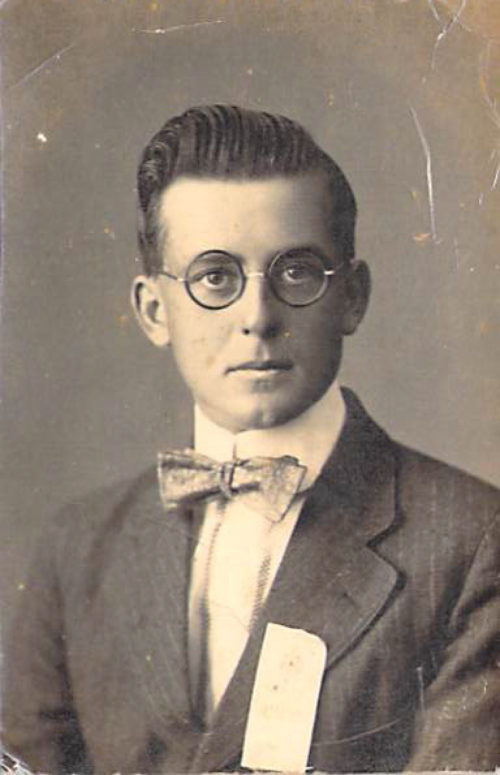
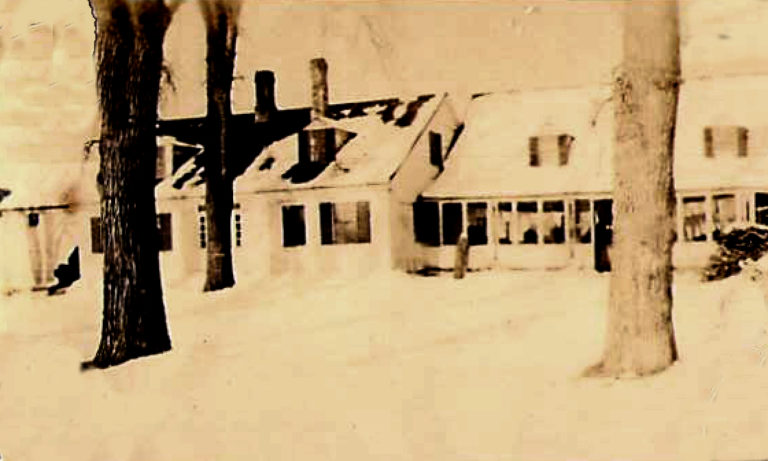
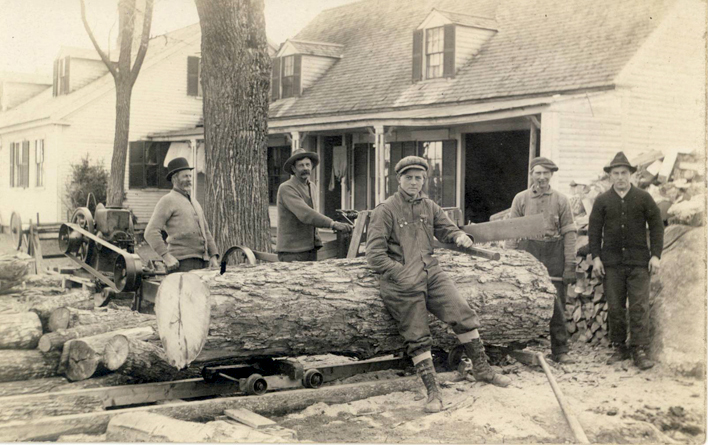
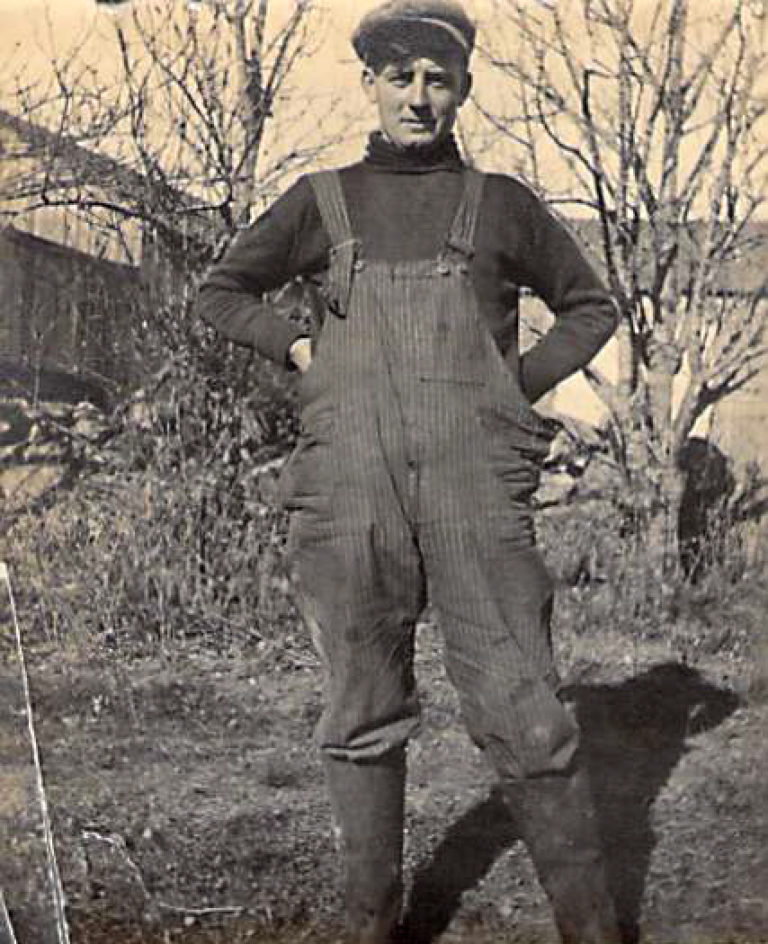
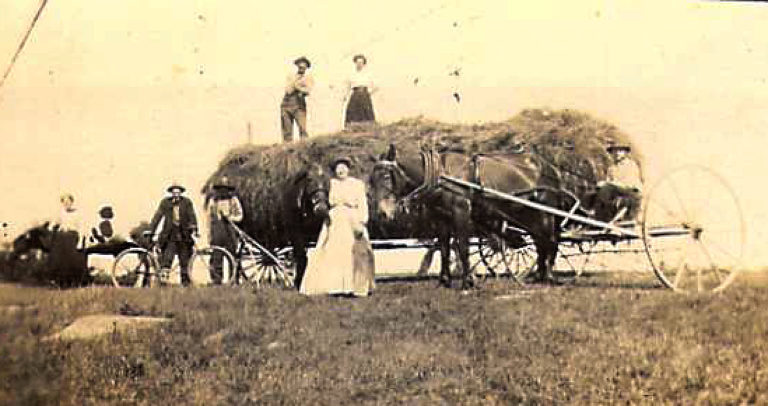
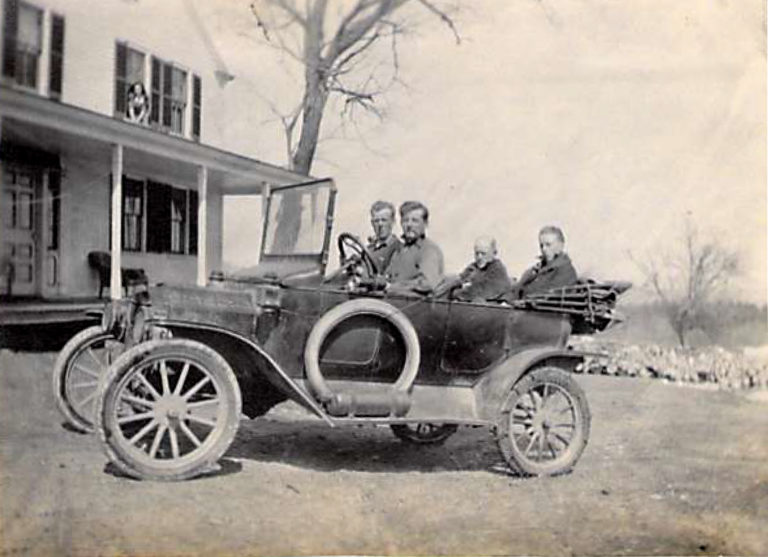
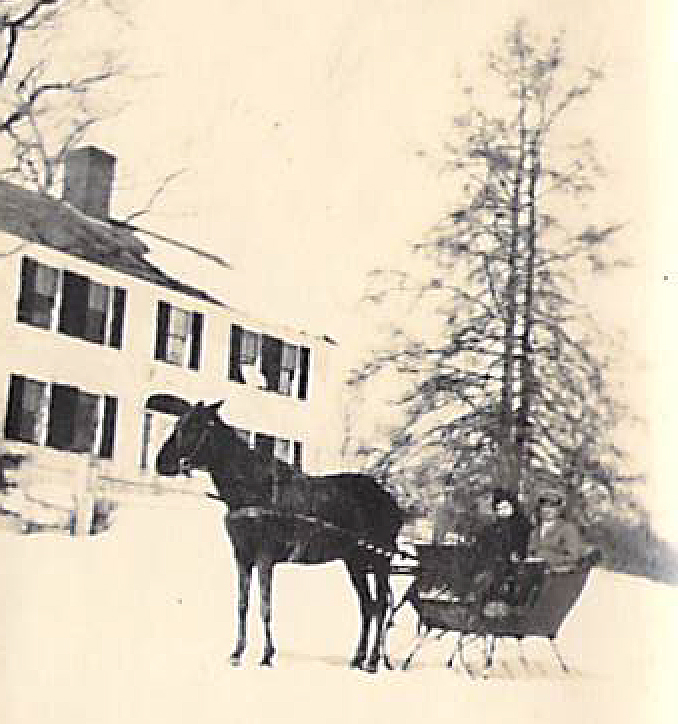
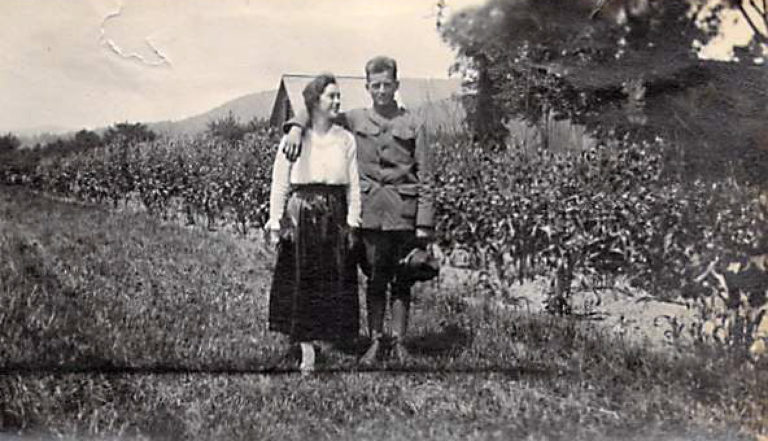
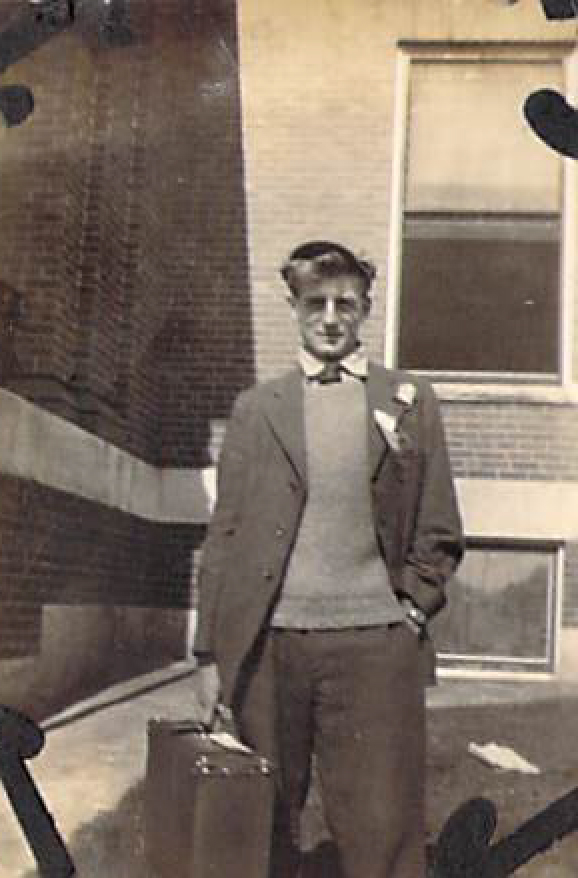
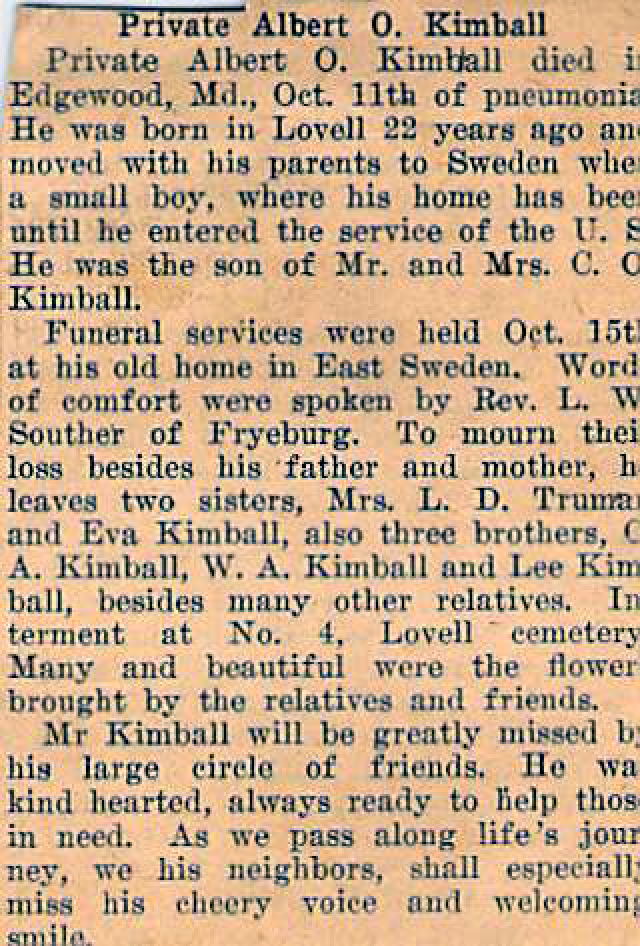

The Gift
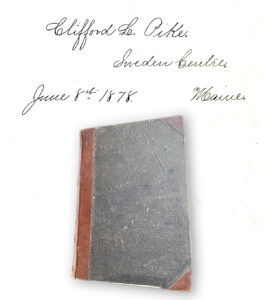
The Sweden Historical Society was fortunate to have received a 1878 journal written by Clifford L. Pike. Clifford Pike was best known to those in Sweden as the compiler of the extensive Genealogies of early Sweden residents, an important reference for local historians.
This 1878 Journal represents another facet to the life of Dr. Pike. It is a handwritten journal filled with stories and poems. It is a real thrill to read and will be a wonderful addition to our library.
The volume was passed through Sweden’s Woodbury family to Mark Cadman, the grandson of Eugene Heald Woodbury.
Many thanks to
Mark and Deborah Cadman
for this generous and thoughtful donation
Records in My Life
Evil Be to Him That Evil Thinks!
I was born in the town of S – Co of O – State of Me. [erasure] at an early age my father enlisted in the 17th Me Regiment and went to war after the battle of Fredericksburg he died just across the river in Falmouth Va. I had the luck of having three uncles in the war one in the 12th Me one in the 23rd Me and one in the 12 N.H. Comp. 3 all the others were in the Comp B of their respective regiments all died except uncle A. of the 12th Me. After the death of my father, we lived a year or two on the farm he left us when my mother married a man by the name of B — where we soon went to live. I went to school at B. at an early age where I acquired a taste for poetry some of the pieces of which will appear in this book but not in the order they were written.
When very small I used to delight in running away with my Cz. who was visiting me and in some of our excursions we were often in great danger. I remember once getting upon a rock to go in bathing when I slipped off into a deep hole and came very close to drowning only presence of mind saved me. At another time while fishing at a very muddy pond a pickerel nearly pulled me in – if he had he would have had a chance to have pulled me in instead of me drowning him for no one was with me.
Once while at work at B.- husking corn for the factory we boys got to fooling throwing corn cobs at each other when an unlucky throw hit a horse which jumped and struck me knocking me down and running over me. For two or three days I hurt something. It was a narrow escape at least so I thought.
While out gunning with another boy one day we espied a large flock of Ducks. I fired at one of them wounding it, loading the gun again with a heavy charge. I started to go where I could get a better sight at them when in passing through some bushes my gun went off and some of the shot passed through my coat it frightened me not a little and taught me a lesson with guns I shall not soon forget.
When fifteen years of age I took my satchel of books on my shoulder with what few articles of wearing apparel I had and started for B. to go to school going almost entirely among strangers for there was only one in the whole school that I knew.
My advent in the school created no little amusement to the scholars specially the girls who seemed never to have seen a person from out of town before at recess they would either stand at one end of the school room and stare at me or else in crossing the room would try run over me, it amused me not a little but they soon got over this as new scholars more constantly coming in.
While still fifteen I taught my first school it was in my own town and I boarded at home. I had considerable success considering my age, the greatest trouble I found and that was not much trouble only amusement to me, was two large girls about my own age, if I helped one the other would be so mad she would not speak and it was difficult to please them both. I say deliver me from two large girls in a school and I have heard other teachers than myself say the same. It was about this time that I wrote my first piece of poetry. This piece was written when I was sick commenced June 21st ended Jun 26th 1877.
<poem follows, not yet transcibed>
Notes:
- The initials S- and O- in the first line are the town of Sweden and the County of Oxford.
- The initial B- as a location is Bridgton.
- Clifford Pike was the son of Elias Pike of Sweden and Hannah Howe. After Elias’ death, Hannah married John Bennett (written as B– by Pike)
- Elias, the son of John Pike and Esther Richardson had a sister and two brothers, Gillman and Alvin (referred to as A.). All three sons served in the Civil War but only Alvin survived the war.
- Mark Cadman’s mother was Katherine Woodbury, daughter of Eugene Woodbury and sister of Sylvia and Ruth all of Sweden.
